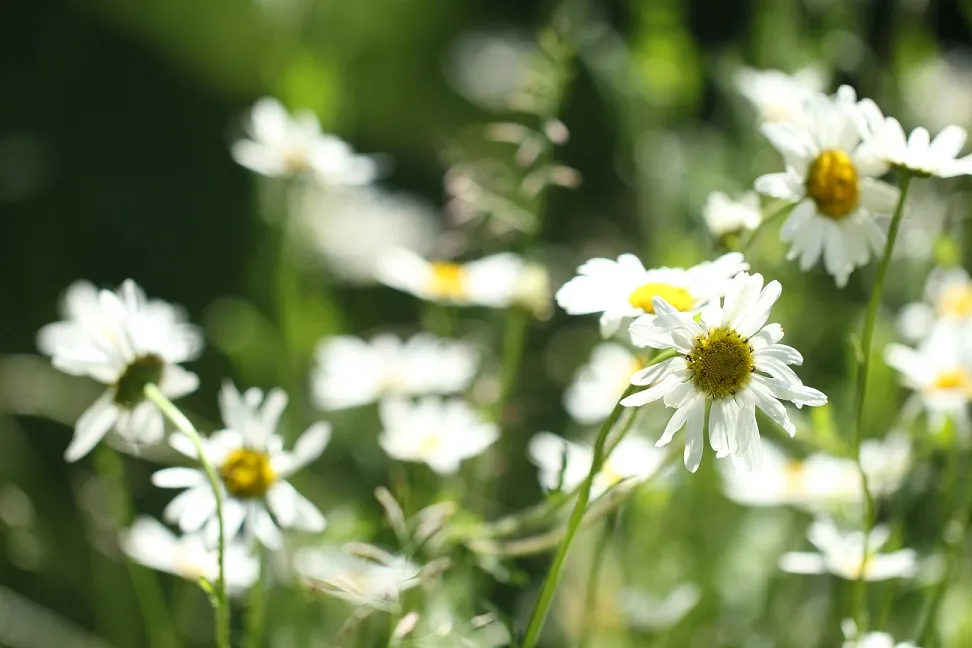Luke Hawkins introduces us to his patch and explains why he loves patch birding.

Student Luke's LinkedIn
I don’t enjoy the one-upmanship that occasionally creeps into birdwatching, so I’ll spare you the details, but let’s just say I saw birds whose names included such words as “superb”, “lovely” and “peaceful”.
Walking enthusiastically around one of my patches soon after we returned, a wonderfully scrubby old railway line that runs like a vein of life through the rolling farmland of the Lanchester Valley, I wondered what I would show Aussie birders to make them want to come to the UK. What would they find in a field guide to the birds of Britain and Ireland to make them feel the same excitement I felt about seeing Fruit-doves and Fairy Wrens?
A unique place to call home
Perhaps the uniqueness of the British Isles would be a good place to start. Our (almost) endemic subspecies of White Wagtail, every bit the plucky Brit, was making its presence felt on my walk, grey juveniles pursuing the pied adults, wagging their tails optimistically. With 70% of the world’s heather in the UK, our moorlands are similarly uniquely British. Growing up in the North I count myself lucky to have experienced the rugged beauty of the Pennines; in my opinion there’s nothing more wonderfully evocative of the British countryside than a Red Grouse, our very own endemic subspecies of Willow Ptarmigan, perched on a heather moor in the shadow of some great purple mountain. Then there’s the poor old Scottish Crossbill, which doesn’t get very far with attracting birders on account of being an such a pain to identify, but which is still an endemic species and once again is wonderfully evocative of old Caledonian Pine forests. Back on my Hawthorn-flanked, Willowherb-smothered track I came across another endemic subspecies, that of the Willow Tit, buzzing from deep in the undergrowth like an insect. As an island we are certainly blessed with unique birds.
All of this is incredibly special. But, without wishing to criticise the birds which taught me to love the natural world all those years ago, they don’t jump of the pages of bird books in the same way as angelic Tropicbirds and exotic Kingfishers.
... each species has its own place in a continually and dramatically changing cycle of the seasons.
Seasonal changes
So why, deep down, was I so excited to be back on my patch once more? It took me a little while to put a finger on it; it’s because it all looked so different. In late June, the last time I walked these well-trodden paths, the carpet of wildflowers was made up of different species, different Butterflies and Moths were feeding on them and most of the Tits and Warblers I saw were adults. Less than 4 weeks later at the end of July, the whole cast has completely changed. By the time autumn arrived in frozen flames of amber and crimson, it was almost completely transformed.
What makes birdwatching, or any form of wildlife-watching, in the UK so special is that each species has its own place in a continually and dramatically changing cycle of the seasons. This is never more obvious than with birds. Take the Garden Warbler that spent over 10 minutes entertaining me back in July, just a few meters away, with complete obliviousness to my presence. It was feeding on berries as if its life depended on it, which, of course, it probably did. To think, then, that a few short months later this bird will now be in tropical Africa, is to contemplate what makes British birds so wonderful. We don’t need tropical birds in the UK. The tropical birds come to us. The Garden Warbler is at the same time a bird of dense rainforest and quiet British hedgerows. Likewise, the skeins of Geese that are sketching rippling lines across our wintery skies are just as at home on treeless Arctic tundra as in our green and pleasant land. Some of them will have seen Polar Bears.
Britain’s landscapes beat to a powerful annual rhythm of seasons, and consequently we experience an awful lot of migration and seasonal variation in our wildlife. The joy of watching a patch of British countryside, and recording your observations, is to see how the landscape evolves through the season, to be entertained by a different array of wildlife each month, to be surprised, fascinated, bored, puzzled, amazed, exhilarated, and, ultimately, intimately connected with the outdoors. It’s been good to be back.
Luke will be updating us on his patch on a regular basis, so do check back every now and again to see what the seasons have brought him.
We'd love to hear what is special about your patch - and what keep you coming back every year. Let us know in the comments below.
